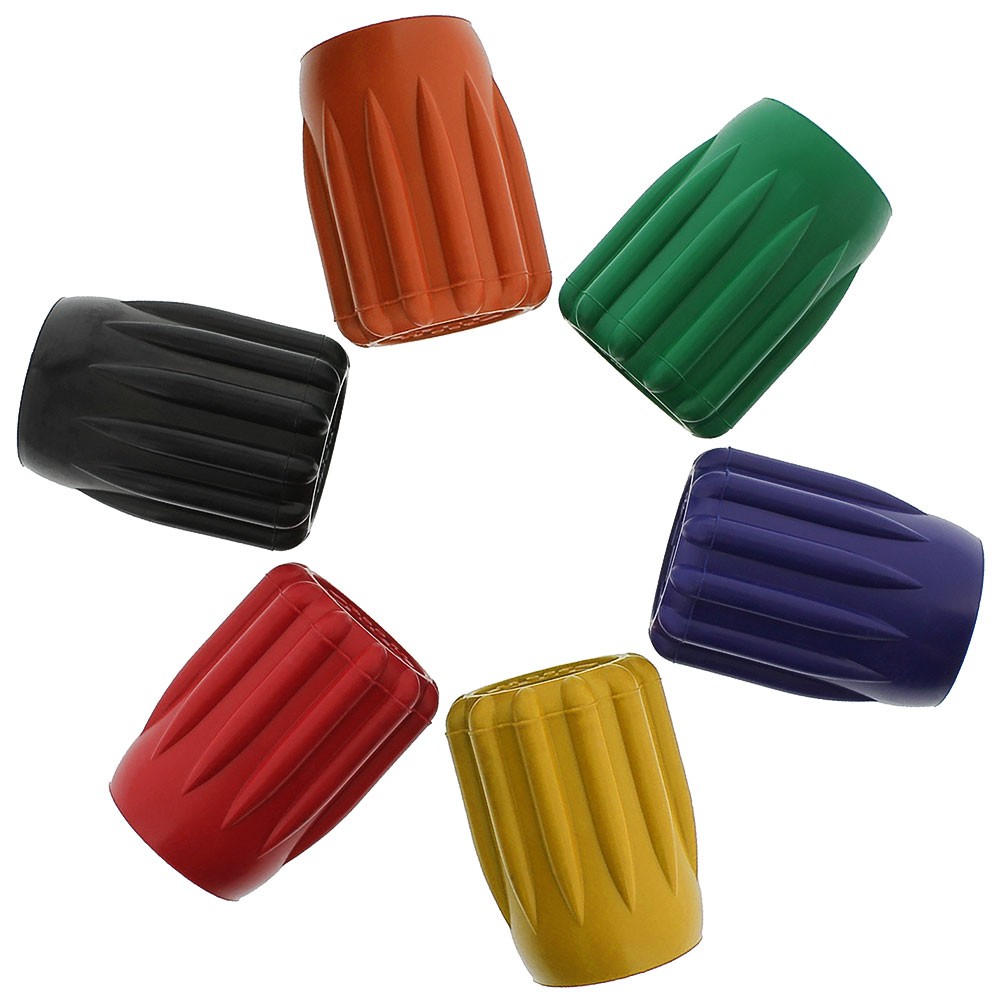The local dive shop provided only air, and it wanted to change that, so their manager took gas blending course from me. We talked about oxygen compatible air, and the course's text listed the specifications for normal grade E air and oxygen compatible air. (There is surprisingly little difference.) He produced the shop's last evaluation, and it showed they were well above the standard for oxygen compatible air. They weren't doing anything special. I would bet that it is pretty common for dive shops to be pumping oxygen compatible air without knowing it.






